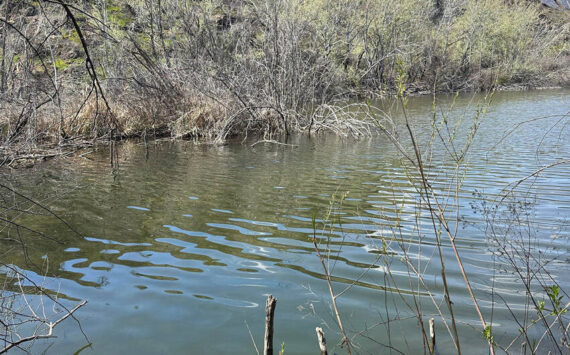Submitted by Holly Krake
USFS Public Affairs Officer
The U.S. Forest Service and Washington State Department of Natural Resources released a report Friday outlining recommendations on moving forward in firefighting efforts based on lessons learned from the Aug.19, 2015 Twisp River Fire incident in Okanogan County in which three wildland firefighters lost their lives and four others were injured.
“This tragedy still hangs heavy in our hearts as we emerge from another long wildfire season,” said Forest Service Chief Tom Tidwell. “The learning review report we are releasing today not only pinpoints factors which led to this incident, but also identifies opportunities to learn from it to help prevent similar incidents in the future.”
“Out of our effort to understand the tragedy of Twisp, we must draw wisdom for the future,” said Washington Lands Commissioner Peter Goldmark. “This joint report helps us move forward.”
After the Twisp River Fire, a national learning review team was assembled to identify conditions and events surrounding the incident. The team consisted of experienced employees from the U.S. Forest Service, National Park Service and Washington Department of Natural Resources.
The learning review team identified two sets of recommendations. The first part of the report identifies operational challenges and makes recommendations on how wildland firefighters consider and fight fires. This includes managing firefighting mission and personnel expectations; addressing complex weather data, time management, financial and structural protection issues and the need for innovation in firefighting approaches.
The second part of the report deals with overall “big picture” organizational recommendations, including clearly understood policy, guidance and leader’s intent; greater emphasis on fire-resilient landscapes and communities; recognizing the benefits of communication and relationships within the firefighting community; and seeking opportunities for practical and cultural innovations by studying other high-risk professions.
The Forest Service and Washington DNR have developed a safety action plan based on the report that lays out short-term actions for continued improvement in our firefighting operations. These actions are assigned to appropriate experts.
The Twisp River Fire report is available online at http://www.wildfirelessons.net/orphans/viewincident?DocumentKey=c221a055-a972-478c-be5c-9a16c2d5929c.
Related:






